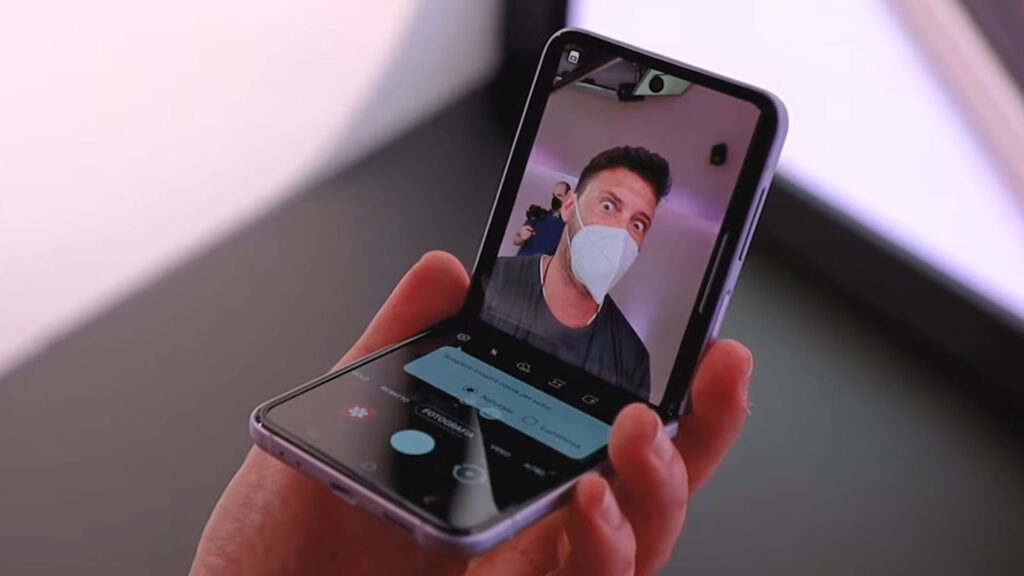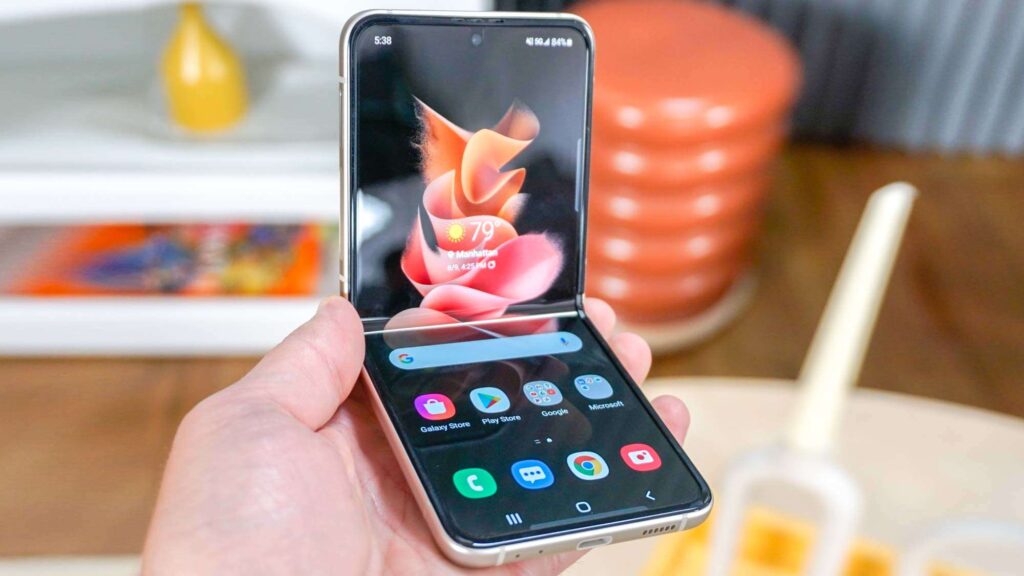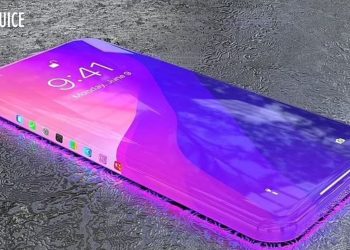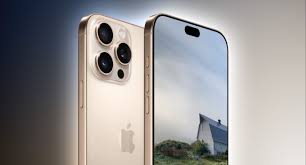The new Samsung Galaxy Z Flip 3 might be the greatest foldable phone yet. But I can’t see purchasing it for the life of me.
Despite years of excitement around foldable screens, the “what” has virtually never been accompanied by a convincing “why.” Just because a tech company can do something dystopian doesn’t mean they should. The Z Flip 3 is the most recent and best illustration of this.
The Z Flip 3 is the most recent addition to Samsung’s foldable phone lineup. It features a big, beautiful display, a soft-touch refresh rate, and great all-around performance. It also has a few bright and amazing bendy screen extras for things like online surfing and photography. In fact, these foldable-centric “technologies” don’t make it any more functional than the iPhone 8.
The same is true for the newly published Galaxy Fold 3: In principle, and even in actuality, it’s really cool, but it’s too pricey and not life-changing enough to warrant the price.

Pricing:
The original Z Flip had some novelty (and nostalgic) value, but at $1,380 and with durability concerns, it was a challenging sale. Samsung has finally solved the pricing problem with the Z Flip 3. That’s still a lot of money, but it’s more in line with other “average” smartphones.
Display:
The Z Flip 3 features a 6.7-inch AMOLED display, 8GB of RAM, and a Snapdragon 888 CPU. It has a refresh rate of 120Hz, which makes even simple tasks like scrolling through Twitter considerably smoother. When the phone is closed, a 1.9-inch cover display provides the time, weather, alerts, music, and more.
Camera:
The Z Flip 3’s dual-camera array on the back (two 12MP lenses, one ultra-wide) has a full set of software-enhanced picture capabilities. You may display camera previews on both the main and cover screens so your friends can see how they appear while posing for photographs. That’s really cool. However, the price of this phone starts at $1,000.
Verdict:
The hinge creates a noticeable depression in the center of the display, which is evident even against such a brilliant background. All of its early marketing revolved around the concept of “You are the controller.”
In another sense, gamers may control games and access menus solely by body movement. At the time, the apparent parallel was the sick gesture recognition interface featured in the sci-fi film Minority Report. There were just a few issues with this strategy: There was nothing wrong with the way we used to operate games and browse settings before Kinect.

Furthermore, the UI in Minority Report was merely a flashy CG effect designed to appear cool rather than being an effective, user interface. In practice, the Kinect proved tiresome to use at best and buggy to the point of being worthless at worst. Kinect was an invention just for the sake of being innovative (sound familiar?).
When the screen is folded, it isn’t even large enough for effective multitasking. The device’s unique physical type undoubtedly has a nostalgic charm to it. Its size and form remind me a lot of the Game Boy Advance SP, which is one of the best pieces of consumer electronics ever created. The Z Flip 3 is designed to fold in on itself, similar to Apple’s iPhone 7 Plus and Samsung’s Galaxy Note 7. However, none of these methods of using this phone when unfolded is optimal.
When you’re not snapping photographs, folding the phone into a roughly 90-degree angle squeezes whatever app you’re looking at into the upper half of the display. The bottom half of the screen then becomes an empty blank with some generic device controls such as a volume slider and a screenshot button.
When you use the Z Flip 3 as a conventional phone, you’ll continually be thumbing over a very obvious groove running horizontally across the precise middle of the display. While the screen can supposedly endure 200,000 folds, this technology is still in its early stages, and I’m not sure I trust any foldable to stay that long. You can’t open and close the phone with one hand. That most pleasant fundamental feature of old flip phones is missing here. The bendy screen of the Z Flip 3 isn’t helpful enough to justify having a permanent dent in the center of the panel.
I’ve had similar feelings about my limited encounters with other folding gadgets, such as the original Z Fold. Sure, I might rethink if a future foldable comes along with no discernible seam, but it would still have to be more realistically helpful than regular cellphones for me to totally commit.






